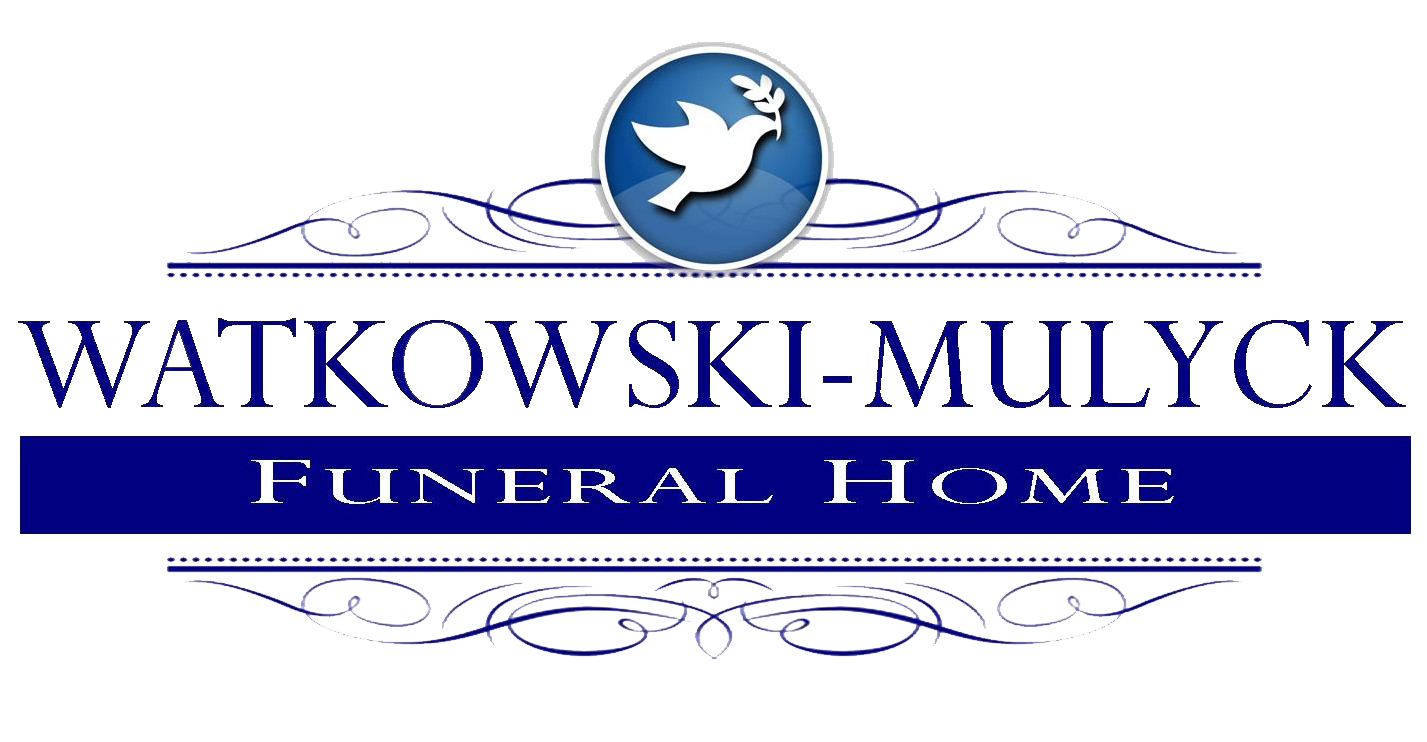If your family has chosen cremation, we offer affordable services that help celebrate the life of your loved one while giving you several options for a public gathering, and a final resting place.
Traditional Funeral Service followed by Cremation
Many families find meaning and beauty in a traditional funeral service. With a traditional service combined with cremation, you can still choose to have a final viewing, visitation or wake, and a funeral service. However instead of in-ground burial, the funeral will be followed by cremation. Depending on your wishes, the cremated remains may be either returned to your family for storage in an urn, scattered, or interred in a columbarium. This option will include fees for the funeral services as well as the fees associated with the cremation itself.
Memorial Service
The funeral service can be held in a church or any other venue the family chooses. We work with our families to design a service that honors their loved one with stories, music, or scripture. We also have life celebrants that lead services where clergy may not be chosen. Our celebrants are trained in creating experiences that help start the healing process.
Graveside Service
A graveside or committal service is typically held immediately following the funeral service but it can also be a small intimate gathering of those closest to you.

